We are pleased to announce this open call for papers for our upcoming themed collection on Rare Earth Materials to be published in Journal of Materials Chemistry C. For more details about the themed collection, including how to submit, please visit this blog post.
This collection is guest edited by:
Professor Ashlee Howarth (Concordia University, Canada)
Ashlee J. Howarth is an Associate Professor and Concordia University Research Chair at Concordia University in Montréal. She was born and raised in London, Ontario. She obtained her undergraduate degree from the University of Western Ontario in 2009, and then went on to do her PhD in inorganic materials chemistry at the University of British Columbia under the supervision of Michael O. Wolf. Before joining the faculty at Concordia, she completed an NSERC Postdoctoral Fellowship at Northwestern University with Joseph T. Hupp and Omar K. Farha. At Concordia, the Howarth group is focused on the design and synthesis of rare-earth cluster-based metal–organic frameworks targeting applications in pollution remediation, catalysis, drug delivery, X-ray detection, and chemical sensing.
Professor Takao Mori (National Institute for Materials Science, Japan)
Takao Mori received his PhD in 1996 at Univ. Tokyo, Dept. Physics. He is a Field Director at the National Institute for Materials Science (NIMS) in Japan. Professor of the Univ. Tsukuba Graduate School and elected Board Member of the International Thermoelectric Society (ITS) and ITS President from July 2023. Mori is a Senior Editor of Materials Today Physics, an Editorial or Advisory Board Member of Journal of Solid State Chemistry, Advances in Applied Ceramics, Device, Journal of Materiomics, Joule. His current research interests include development of thermoelectric materials and enhancement principles, magnetism, synthesis and properties of borides, inorganic materials. He has published over 350 papers, 25 book chapters, and 35 patents.
Professor Zhiguo Xia (South China University of Technology, China)
Zhiguo Xia is a professor at the State Key Laboratory of Luminescent Materials and Devices, South China University of Technology, Guangzhou, China. He obtained his PhD degree (Chemistry) in 2008 from Department of Chemistry, Tsinghua University, Beijing, China. His current research interests focus on the inorganic luminescence materials, including the rare earth doped phosphors and the luminescent metal halides, and mainly developed their structural design, synthesis and discovery and structure-property correlation investigations. Dr. Zhiguo Xia has published over 200 peer reviewed publications (h-index of 87), and 5 book chapters. He is an associated editor of “Journal of Materials Chemistry C from 2022”.













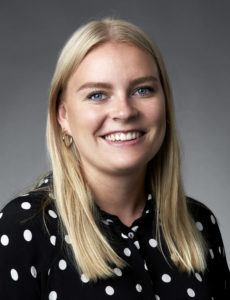

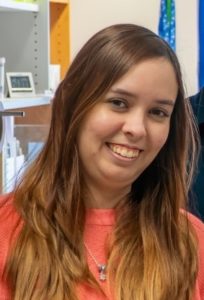
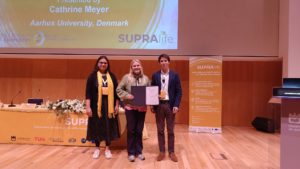





 Christian Falconi
Christian Falconi
 Ziming Wang
Ziming Wang
 Sailin Liu
Sailin Liu


